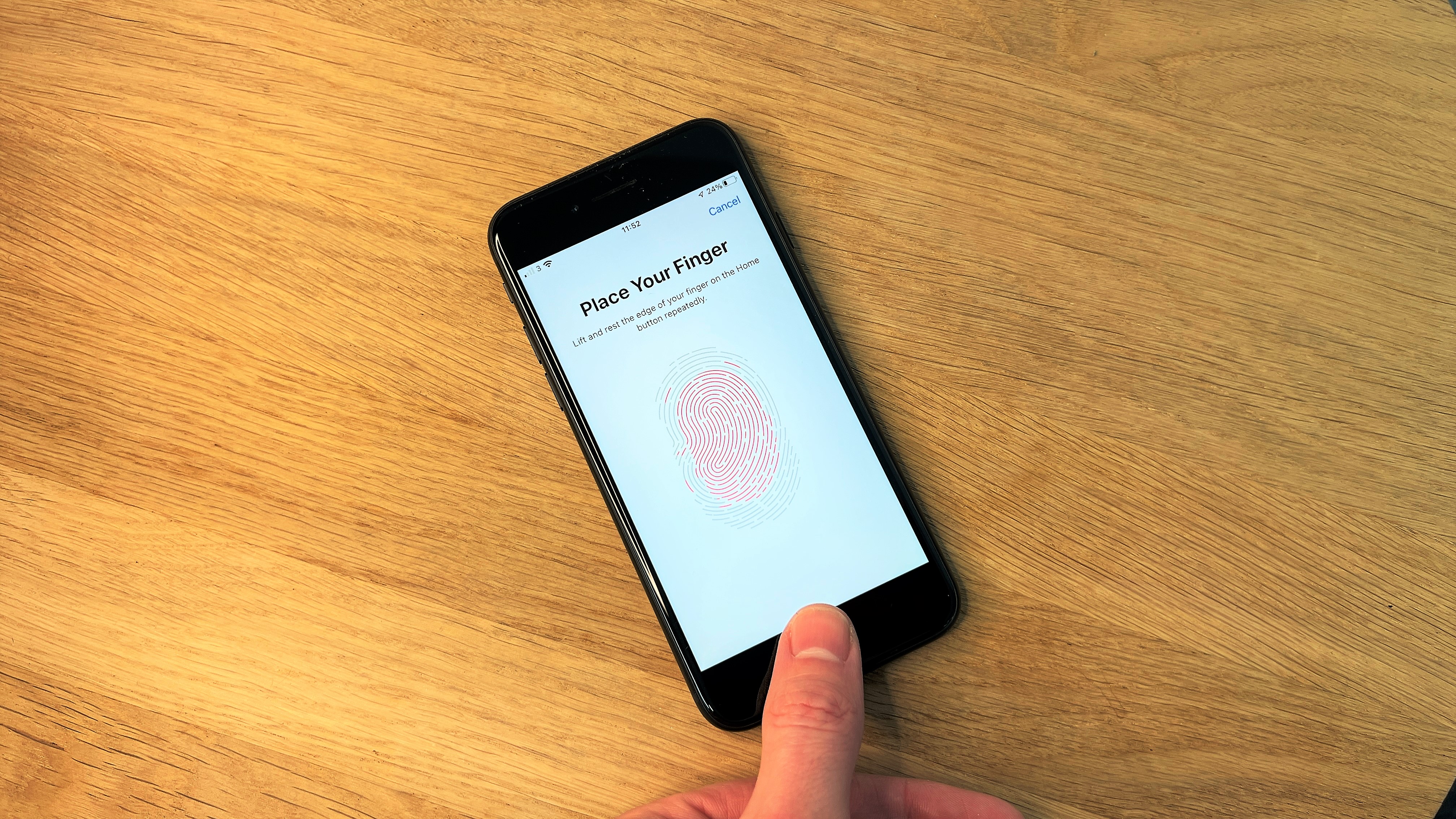iPhones could get a popular Android phone feature – but not until the iPhone 17
Touch ID could come back in a new way

Apple's smartphones haven't used Touch ID fingerprint scanning since the iPhone X (other than the budget iPhone SE devices), instead using Face ID facial recognition. According to a top Apple analyst, that could change – but not any time soon.
Ming-Chi Kuo, who's a respected source in the Apple news space, has long been suggesting that Apple phones could get in-screen fingerprint scanners, like many Android phones have, and has previously claimed we could see them early as 2023.
But if you're an iPhone fan who's looking forward to this feature, don't get your hopes up for it appearing in the iPhone 14, because it sounds like it could be a long way out.
In a tweet, Kuo has revised his prediction, and now says in-screen fingerprint readers may not show up until 2025 – that's the year we'd expect to see the iPhone 17, unless Apple decides to majorly shake up its naming scheme.
I previously predicted iPhones would support under-display fingerprint sensing/Touch ID in 2023 at the earliest. But the latest survey indicates new iPhones in 2023 & 2024 may not adopt under-display Touch ID. Face ID with a mask on iPhone is already a great biometrics solution.March 30, 2022
In-screen fingerprint scanners, which enable you to unlock your phone by placing a thumb or finger on the appropriate part of the display, used to be a feature exclusive to top-end Android phones, but nowadays even some budget mobiles use it.
Apple tends to be late to the party when it comes to adopting new smartphone tech and features – see also 'punch-hole' screen cutouts (rumored for the iPhone 14) and 5G (only introduced with the iPhone 12).
However, it's not certain that the company plans to include an in-screen sensor in future iPhones – and at this point even Apple itself likely doesn't know what its 2025 iPhones will look like – so we should take Kuo's latest prediction with a big pinch of salt.
Get daily insight, inspiration and deals in your inbox
Sign up for breaking news, reviews, opinion, top tech deals, and more.
Analysis: Touch ID vs Face ID
Some people swear by Face ID – Kuo says it's "already a great biometrics solution" in his Tweet – but others find it temperamental.
In-screen Touch ID would be more useful as a means of unlocking iPhones in some respects. One of the benefits is that you don't need to pick up your phone and angle it towards your face every time you want to unlock it – you can leave it laying on a desk if you just want to quickly check a message, for example.
This depends on the way you use your phone though – and face unlock is more useful in some situations, for example if you have wet hands or are wearing gloves, which could mean an in-screen reader can't register your print.
Dropping Face ID would also allow Apple to finally do away with the screen notch, as that big block is needed to house all the sensors its facial recognition tech uses (Face ID uses a range of sensors, where Android phones rely on just the front-facing camera).
There's some debate as to whether fingerprint-based or facial-recognition unlocking is more secure. According to Samsung, fingerprint ID is more secure – the company says that "Even sophisticated facial recognition technologies have a higher FAR [false acceptance rate] than the advanced fingerprint authentication options."
Samsung offers both facial and fingerprint recognition in its phones. Security firm Kaspersky points out that facial recognition has a few disadvantages, including its wide margin of error, and also the fact that there are security and surveillance issues involved with relying on your camera and having your face scan stored on a phone.
So there pros and cons for both Touch ID and Face ID, but the evidence suggests a move back to Touch ID, especially with a convenient in-screen placement, would be good news for Apple fans.

Tom Bedford joined TechRadar in early 2019 as a staff writer, and left the team as deputy phones editor in late 2022 to work for entertainment site (and TR sister-site) What To Watch. He continues to contribute on a freelance basis for several sections including phones, audio and fitness.